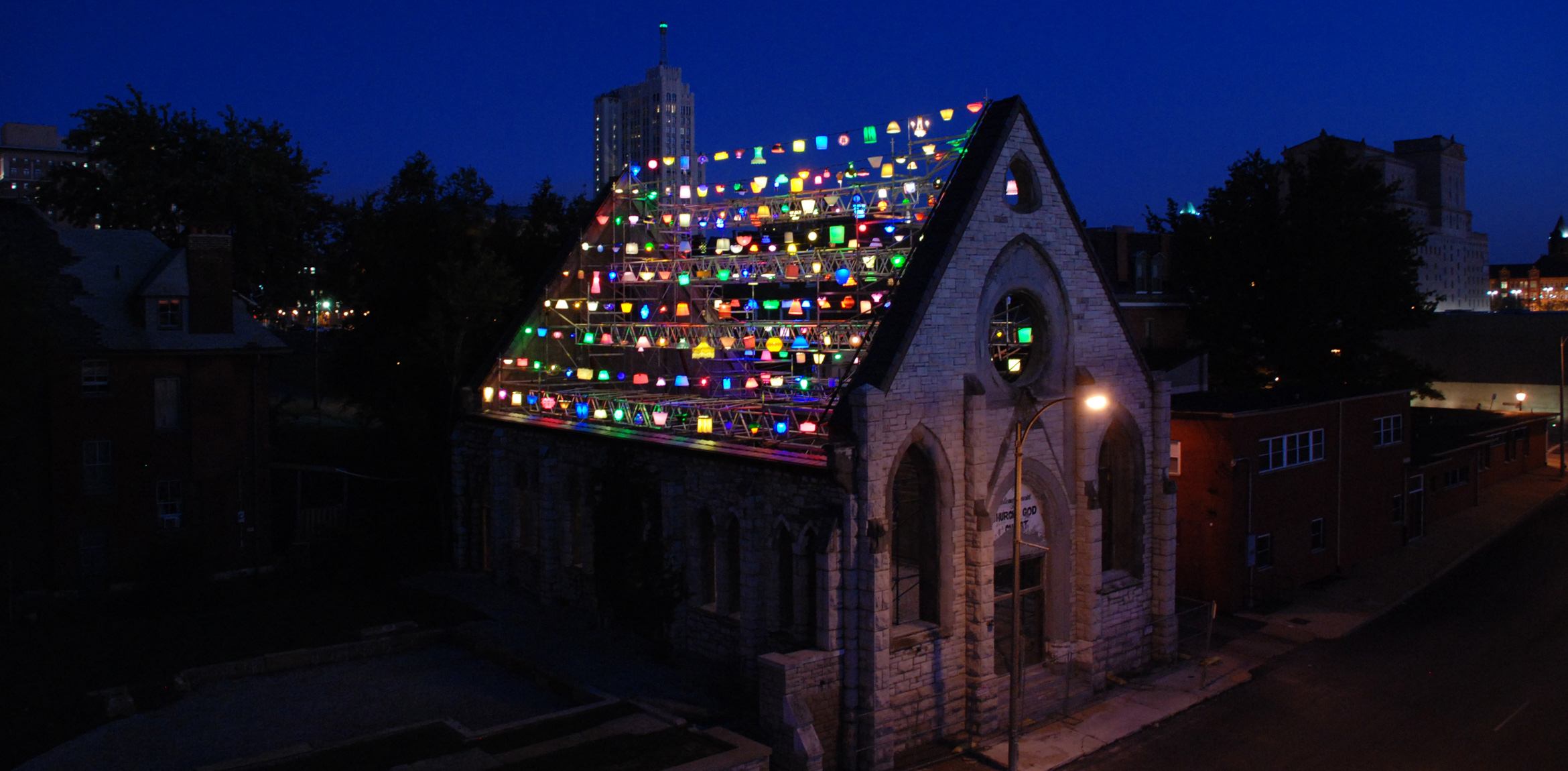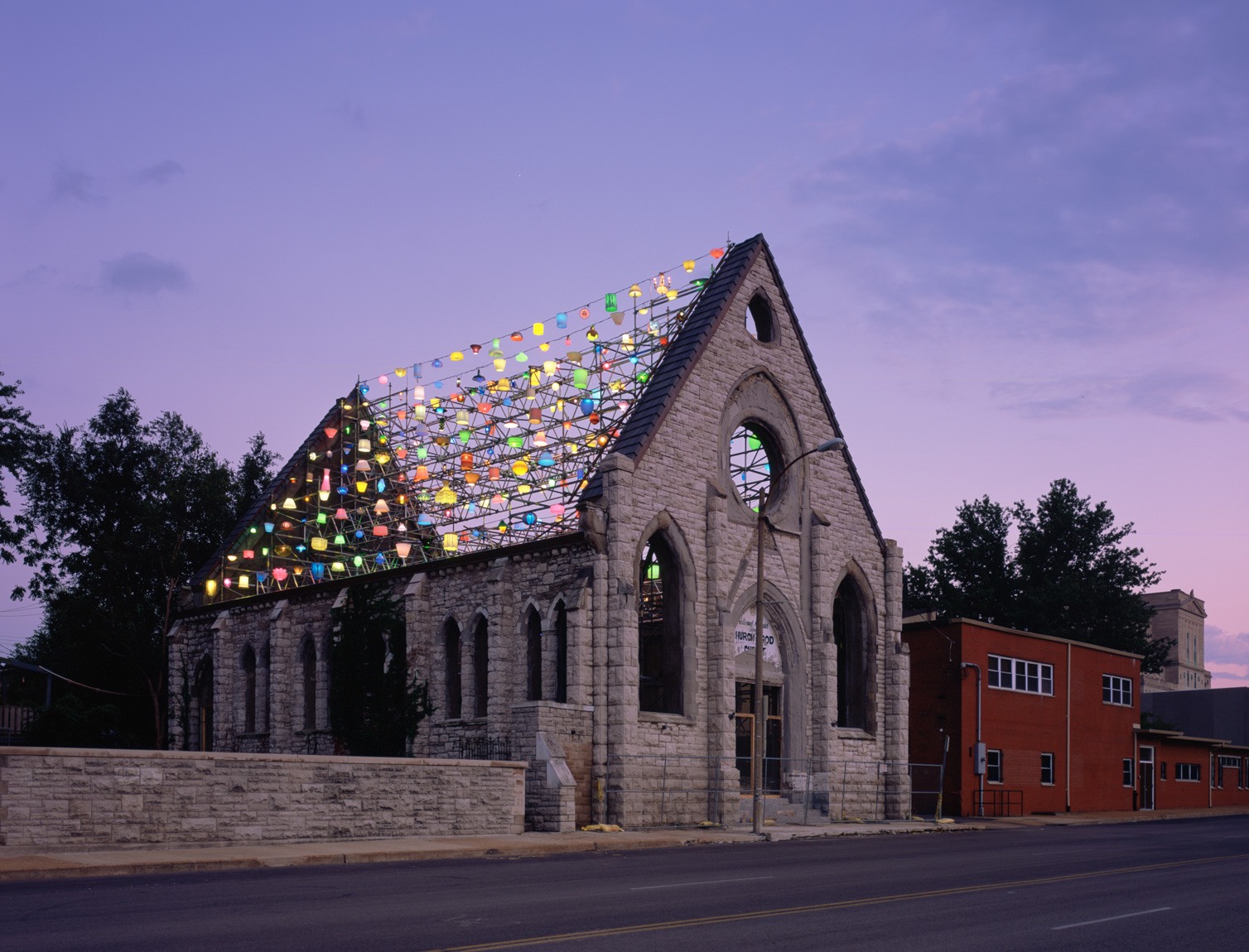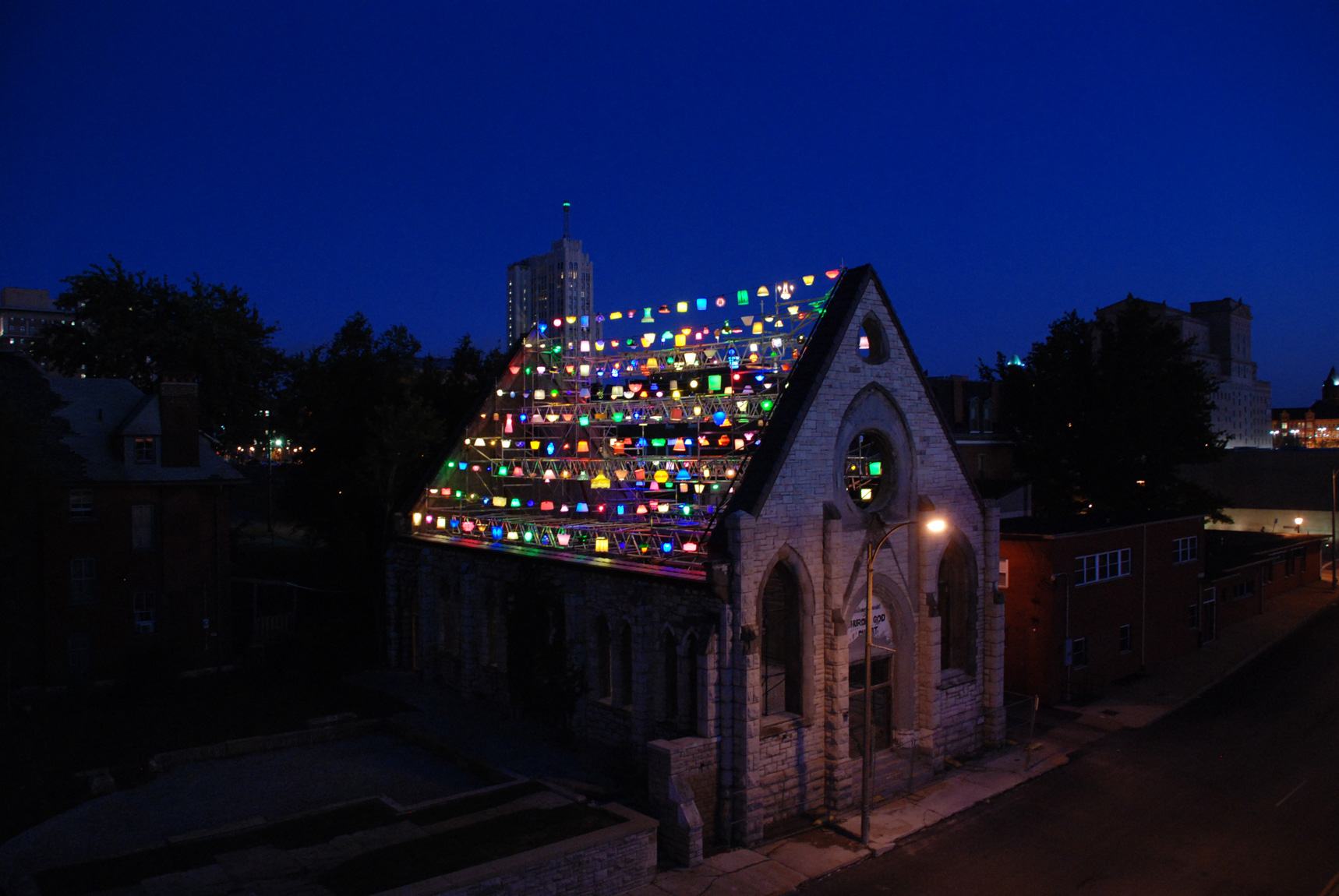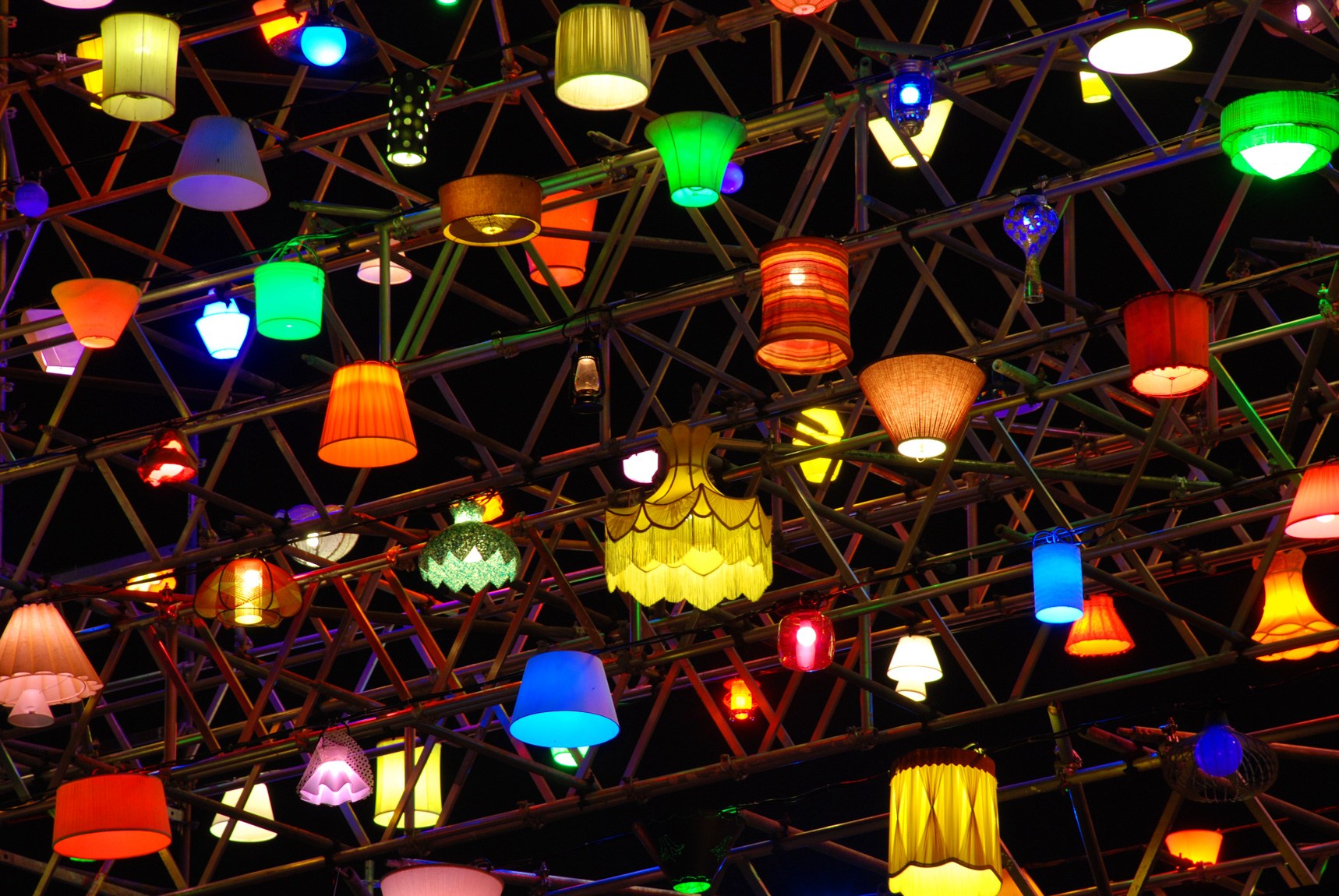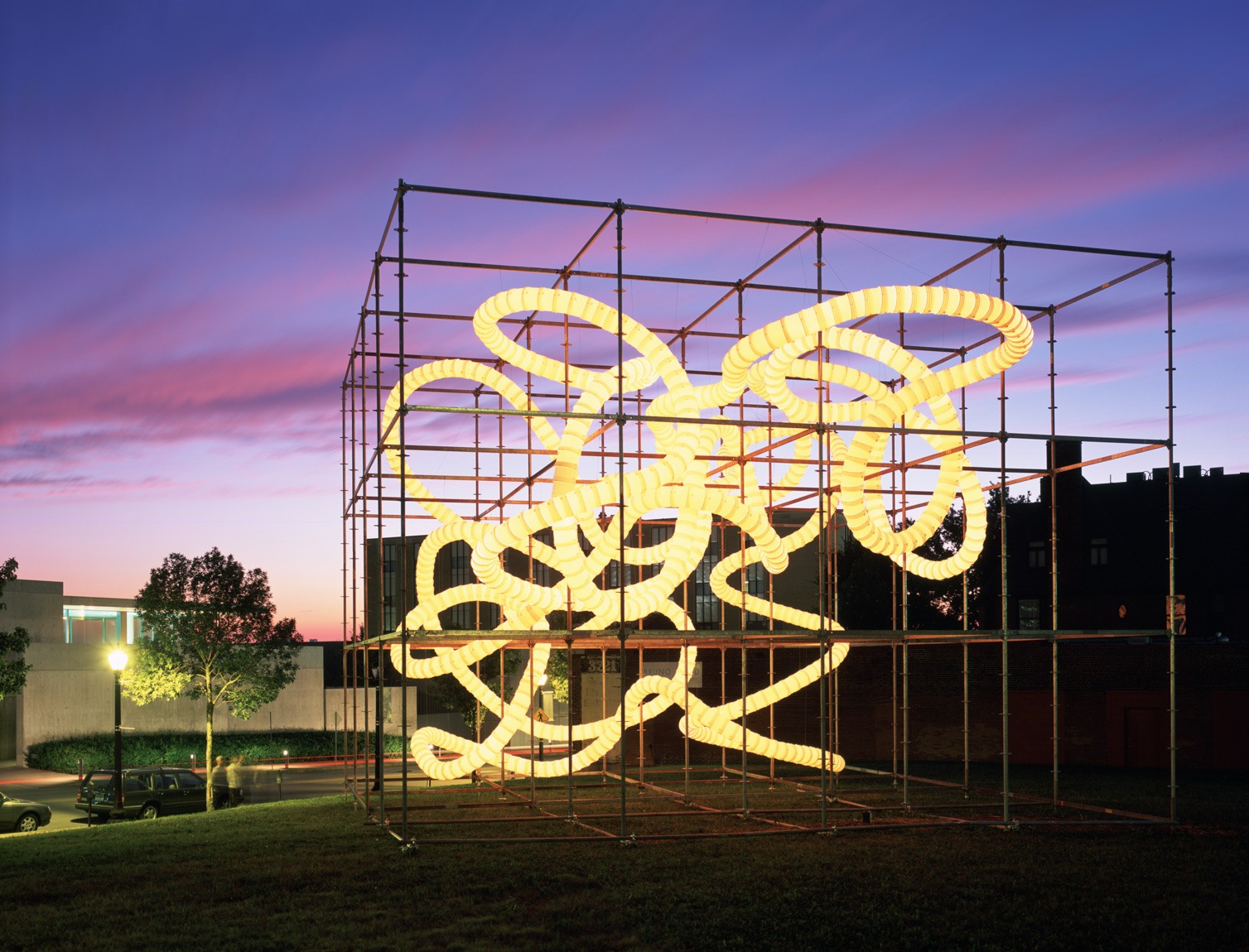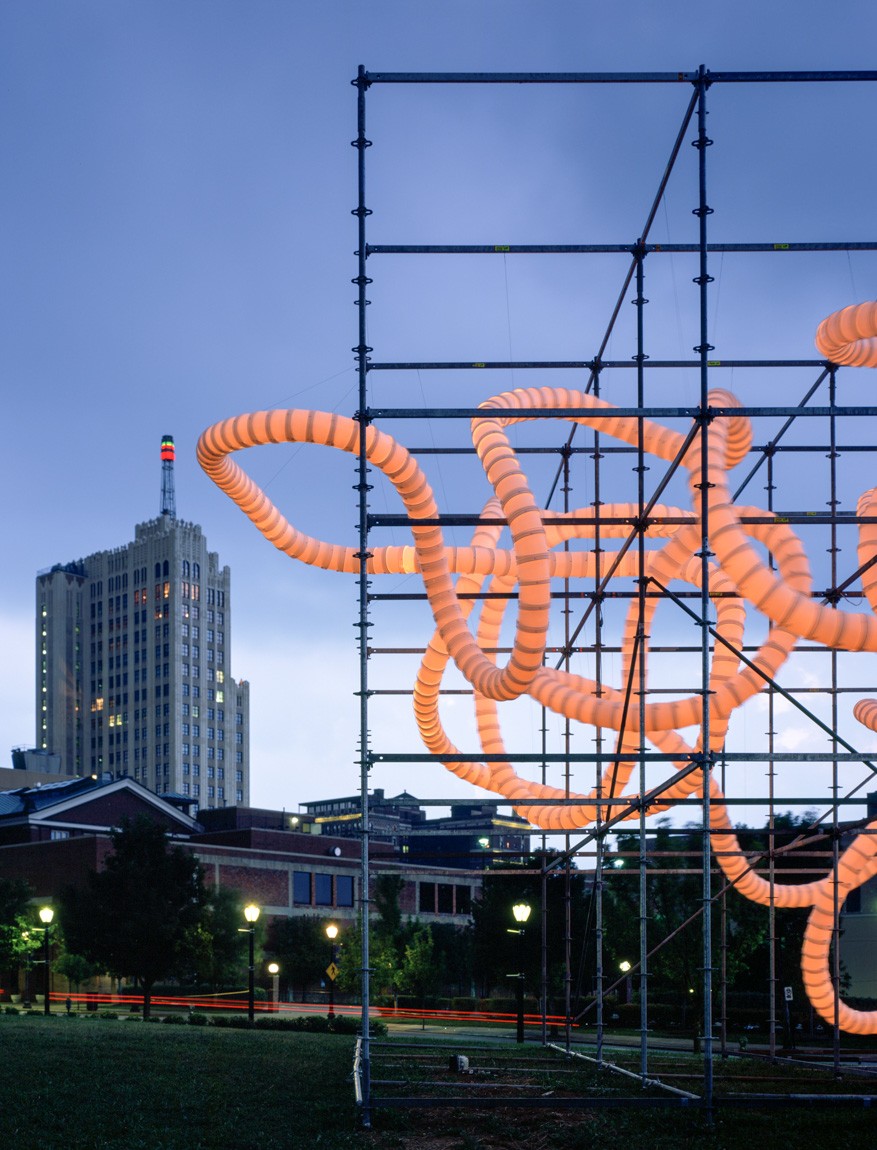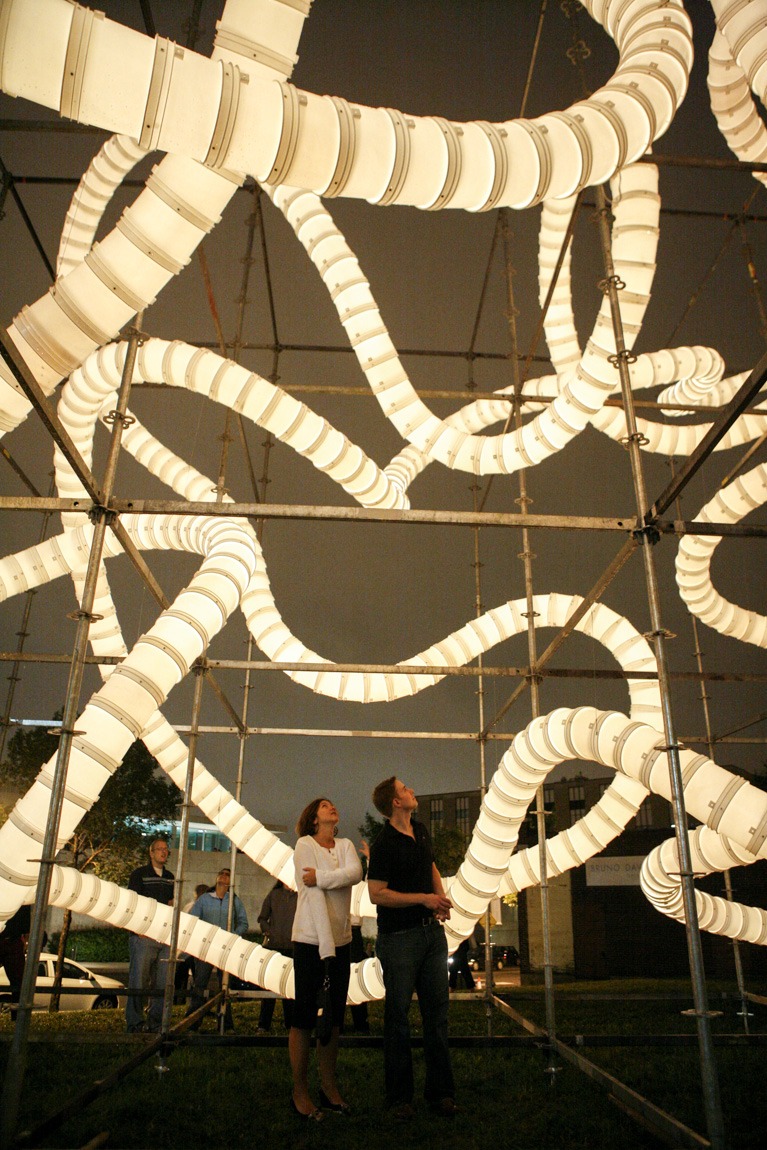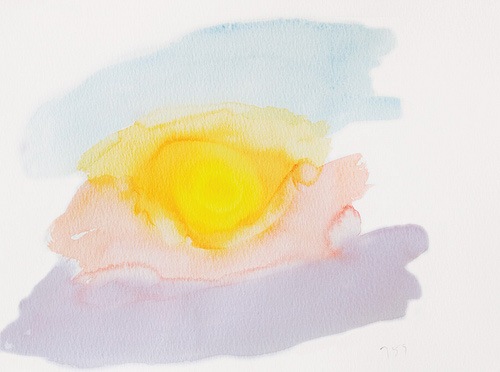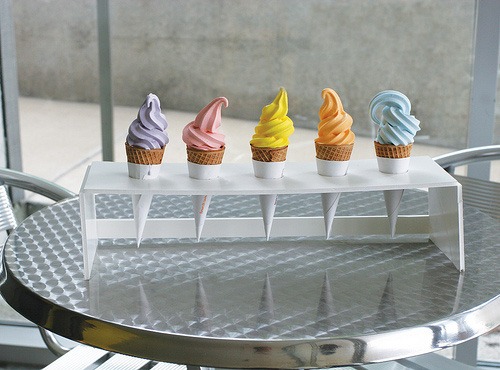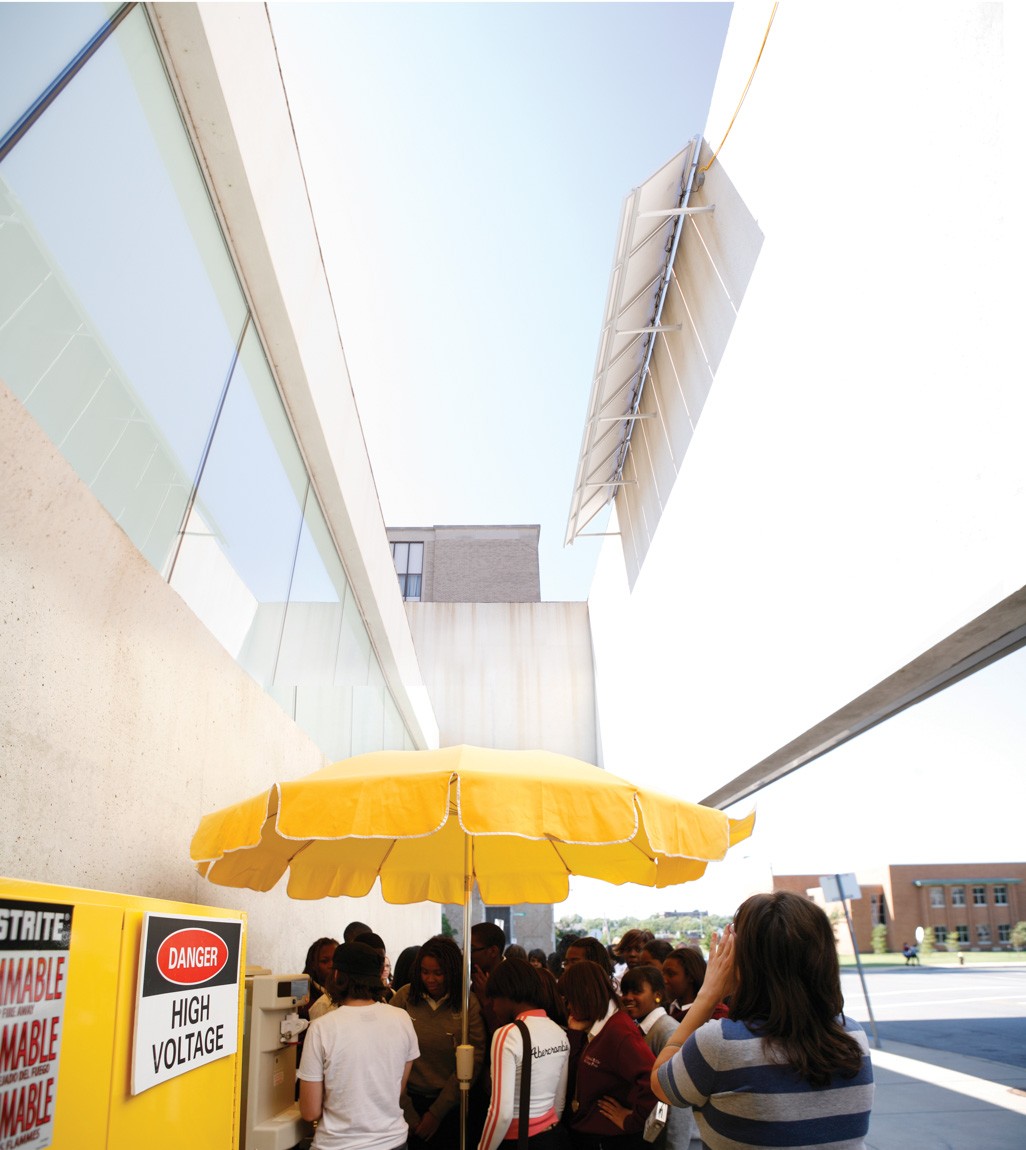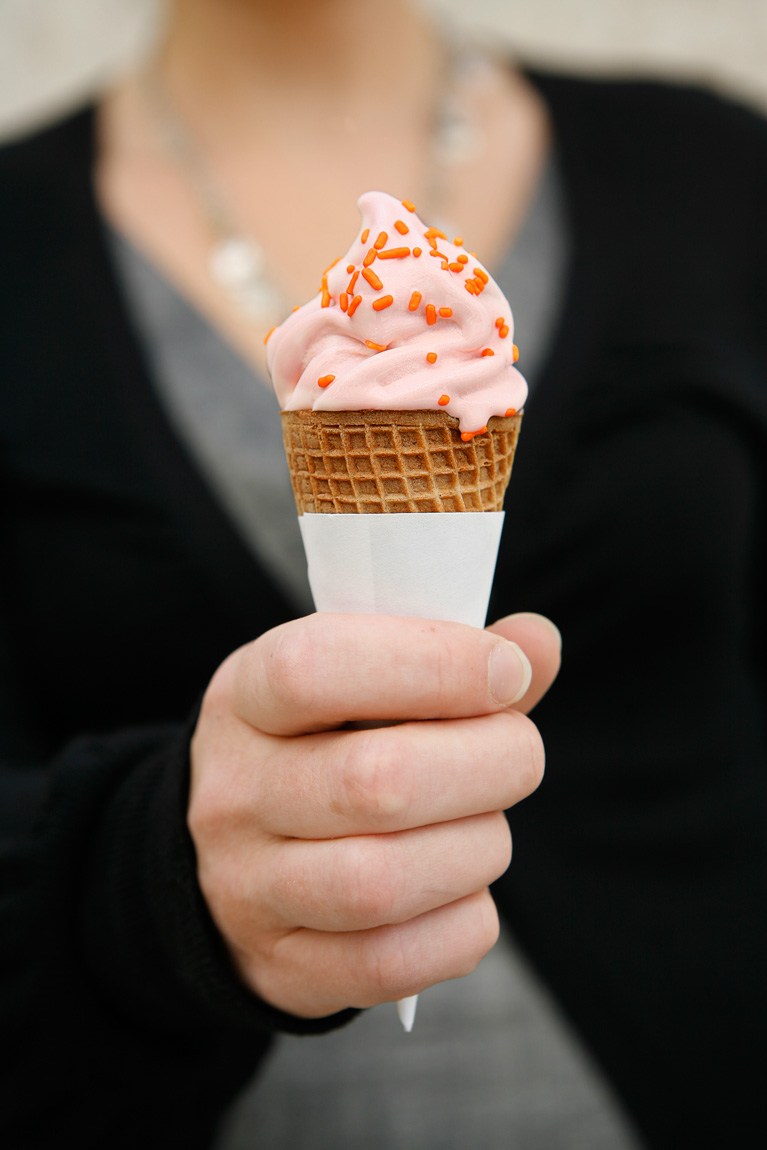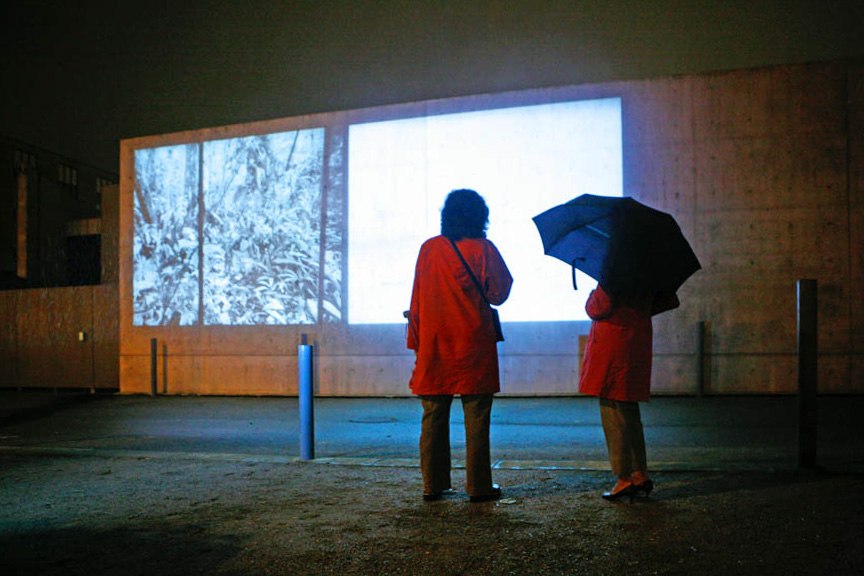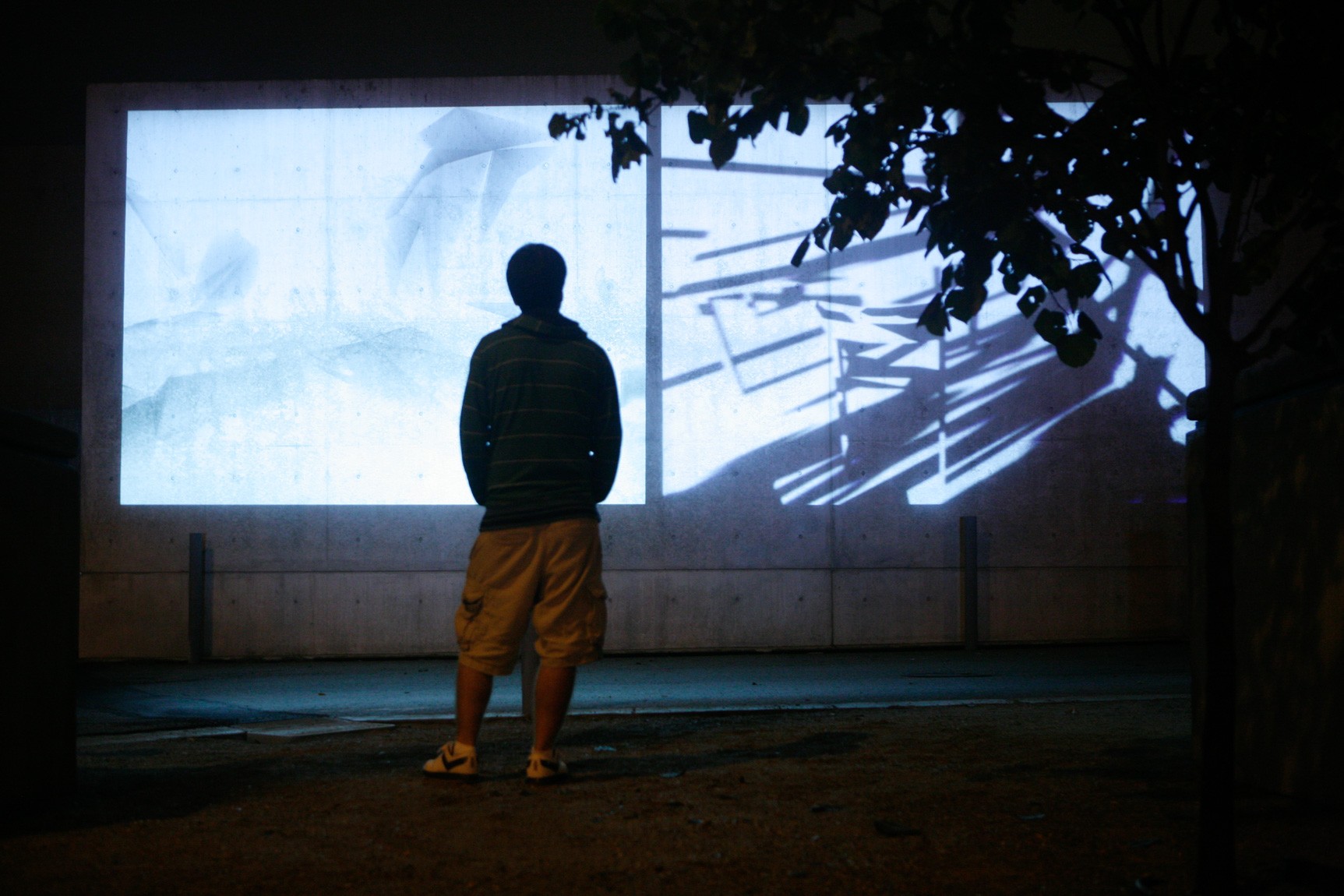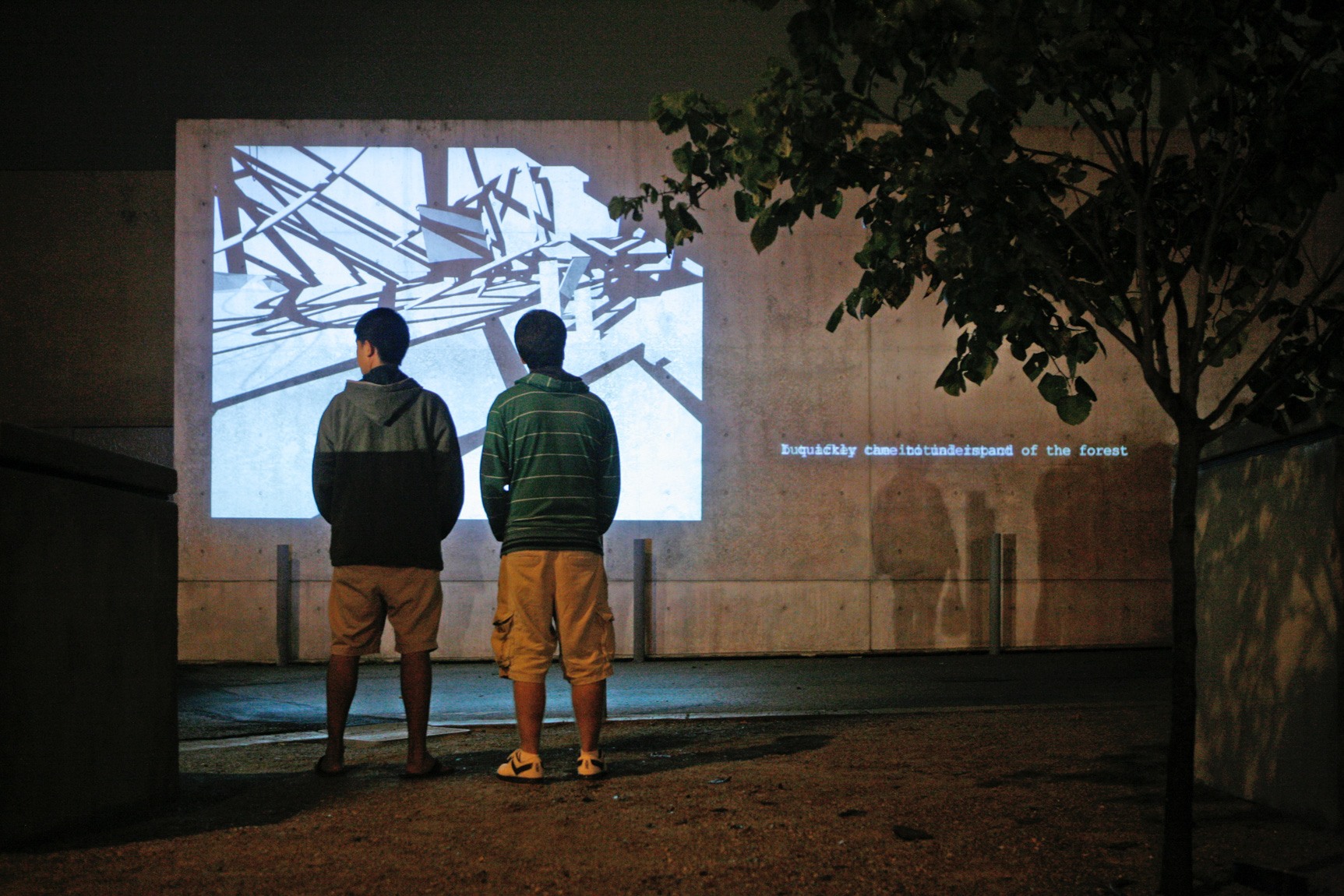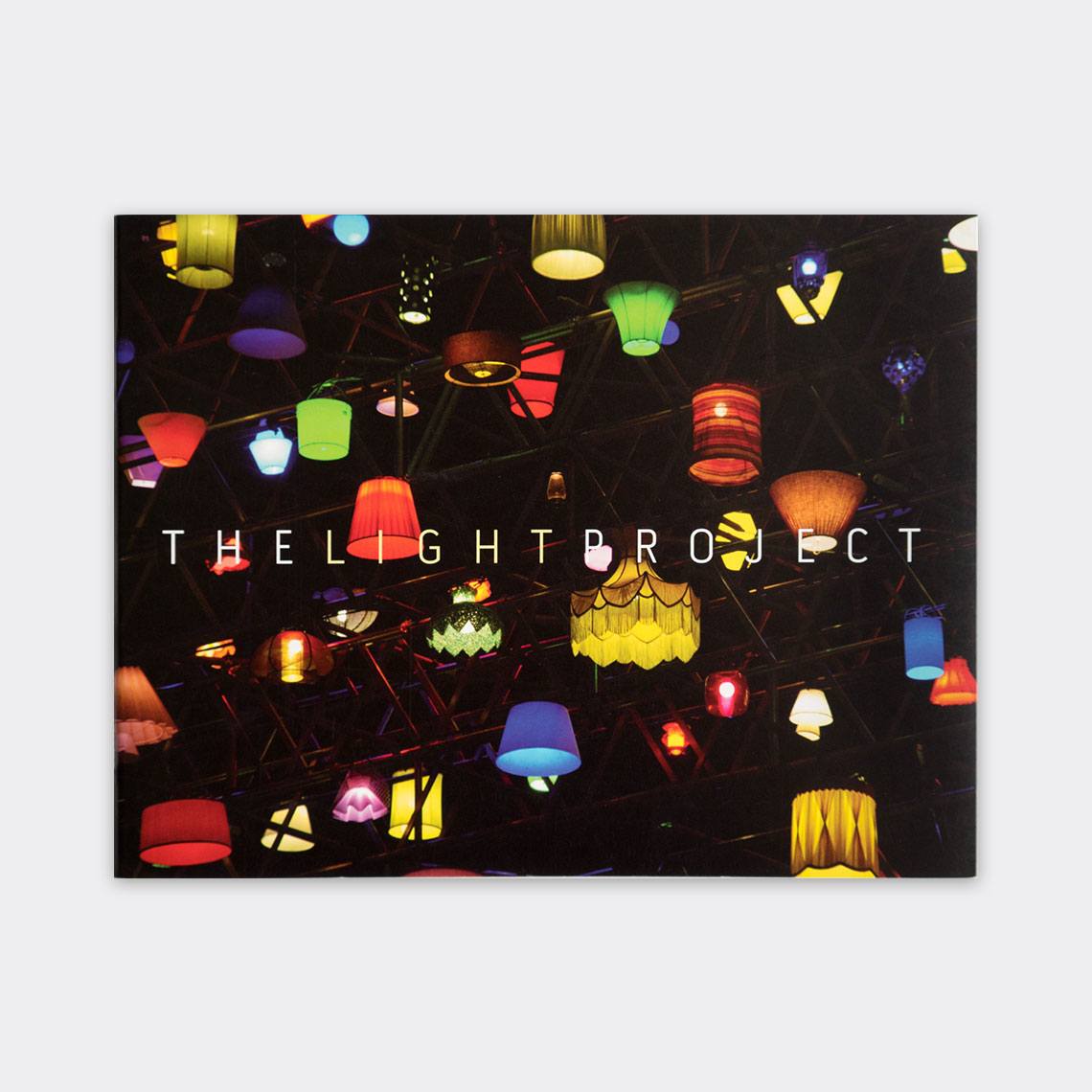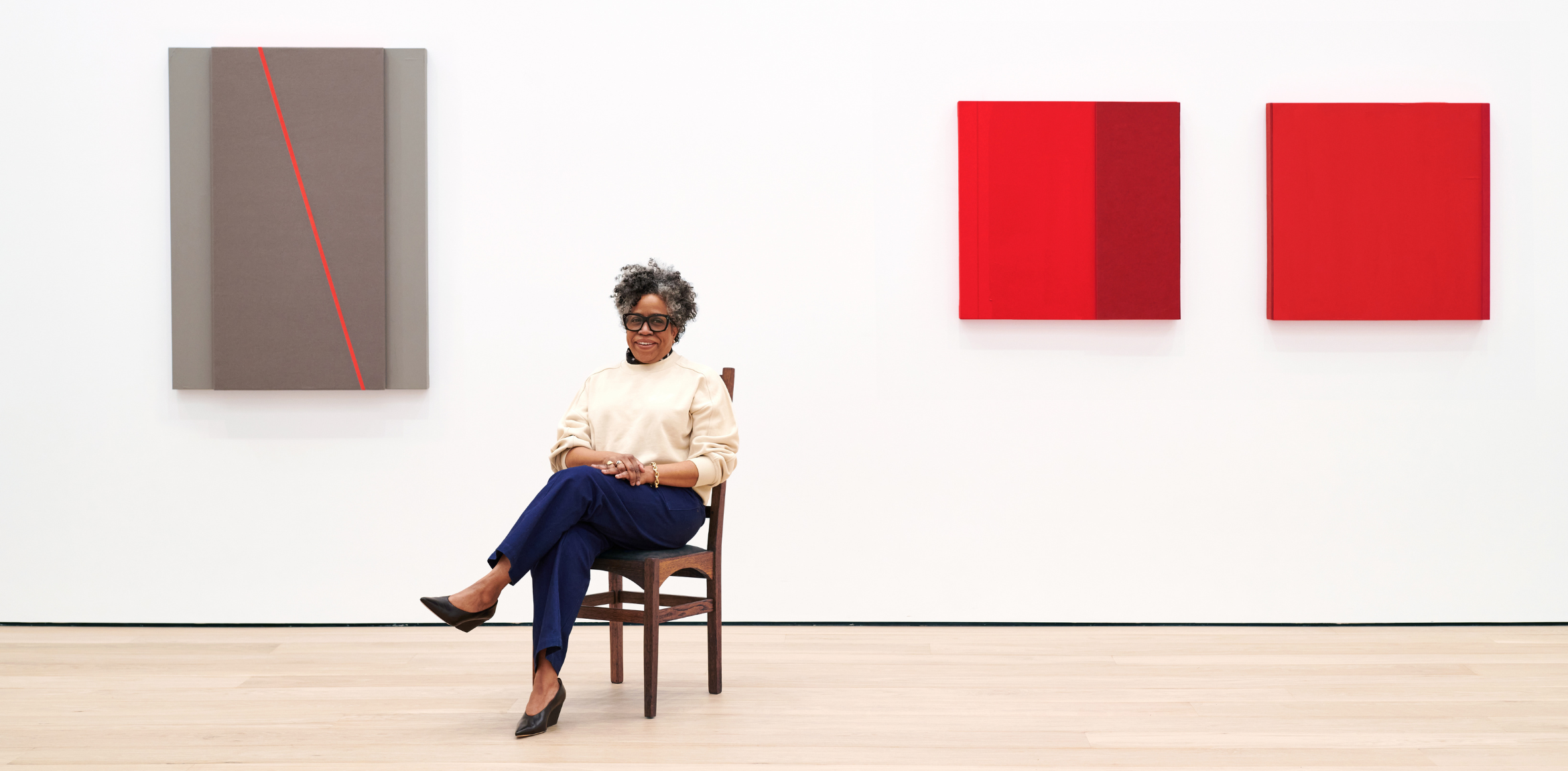This project was presented in conjunction with the exhibition Dan Flavin: Constructed Light and organized in collaboration with the Contemporary Art Museum St. Louis, the Saint Louis Art Museum, and White Flag Projects. With The Light Project, Pulitzer Arts Foundation moved beyond its walls for the first time and engaged Grand Center with four public installations that either employed or referenced projected, emanating, or natural light. This initiative was motivated by a commitment to the arts and an interest in social and urban revitalization. The project included artworks that responded to the site-specific nature of light and its capacity to inspire, to facilitate, and above all, to illuminate.
Each of the works in The Light Project was conceived by an artist or team of artists: Spencer Finch, Ann Lislegaard, Rainer Kehres and Sebastian Hungerer, and Jason Peters. Spencer Finch presented a plein-air ice cream stand outside of the Contemporary Art Museum; visitors and pedestrians enjoyed free ice cream, which had been mixed and frozen on site by a soft-serve machine powered entirely by solar panels. Curated by Laura Fried of the Contemporary Art Museum, the colors of Finch’s ice cream were inspired by the very sun that powered its creation. Nearby, Ann Lislegaard projected the video installation Crystal World—based on a J.G. Ballard novel of the same name—onto the outer wall of the Pulitzer building; the video was curated by Robin Clark, formerly of the Saint Louis Art Museum.
Rainer Kehres and Sebastian Hungerer revived the historic “burnt church” on Spring Avenue with CHORUS, curated by Robin Clark, which strung nearly three hundred lamps across the empty inner space created by the church’s remaining walls. As one looked up at the lamps, what would have been the roof became a scaffolding like stained glass against the night sky. The lamps were donated by citizens of St. Louis, each of whom contributed a corresponding story through a website dedicated to the project. Finally, Jason Peters installed Untitled—curated by Matthew Strauss of White Flag Projects—which added a dynamic scrawl of light to an otherwise empty lot, seizing the scale of the space to create an arresting sculptural installation.
